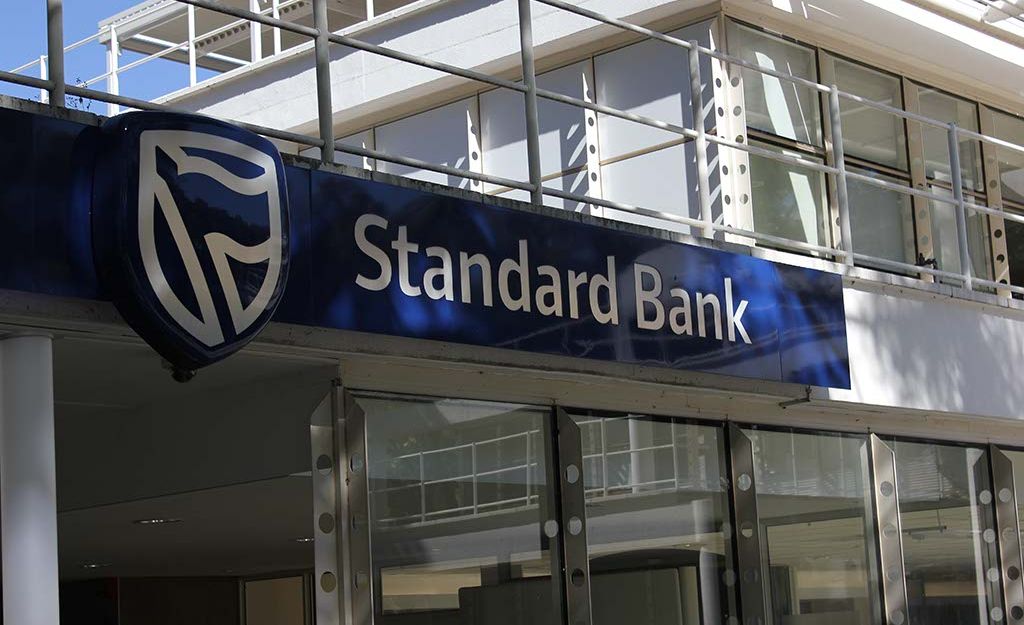Stanbic Bank Zimbabwe last year invested $88.8 million to fund the capital needs of various players in the mining industry as it plays its part in contributing to national development.
The $88.8 million worth of capital investment represents 46% of the sector’s working capital requirements for the year 2016 which was estimated at US$ 194 million (10% of the industry’s gross income).
Stanbic Bank, a subsidiary of Standard Bank Group, also helped secure $85 million as long term capital for the mining sector’s operations.
Head of Corporate and Investment Banking (CIB) for Stanbic Bank, Rhett Groves said the bank is committed to playing a pivotal role in contributing to national development, and funding the mining sector is one active way.
Groves said Stanbic Bank is aware that the prevailing economic environment had a negative impact on the performance of industry and commerce, inclusive of mining, with companies facing challenges related to accessing funds. Against that background, Stanbic Bank saw it fit to support the capital needs of the mining sector given its contribution to the fiscus.
“Stanbic Bank is cognisant of the fact that the main foreign currency earners for Zimbabwe are gold, chrome and platinum, therefore, we wish to assist in sustaining the industry in the best way possible to ensure that even the employment benefits of the mining industry to the country remained sustainable even in the long run,” said Groves.
He said Stanbic Bank’s support for the mining industry and its huge benefits extends to its sponsoring of the Chamber of Mines’ main calendar event. Stanbic Bank has been a major sponsor of the Chamber of Mines’ AGM, held in the resort town of Victoria Falls, from as far back as 2009.
The Bank hosts the Presidential Gala Dinner which is graced by very senior delegates of both private and public sector institutions such as the Ministry of Mines and Mining Development, Reserve Bank of Zimbabwe (RBZ) and esteemed regulatory, mining and milling companies.
In 2016, the mining sector remained the keydriver of the country’s economic turnaround with gold having a share of 47% of the total mineral value contributing the largest share to the total mining income.
While the country has more than 40 mineral endowments, over 90% of the value of mineral output in 2016 was accountedfor by 5 key minerals. Key minerals currently being extracted include gold, platinum and associated minerals, diamonds, nickel, coal and chromite.
Mineral output recovered in 2016, underpinnedby increases in platinum, palladium,gold and nickel. Diamonds and coal recorded significant output declines compared to 2015.
Average capacity utilisation for the mining sector increased from 60% in 2015, to 64% in 2016 with Platinum sector operating at full capacity, while gold recorded an increase to79%, from 77% in 2015. Declines in capacity utilization levels were recorded in respect of coal (50% to 30%) and nickel (55%to 41%).
Most companies which were operating below full capacity cited capital shortages as the major constrain undermining capacity utilisation, coupled with high cost structure and ageing equipment.With around 78% of capital goods being sourced offshore, the investment by Stanbic Bank has been pivotal in sustaining the sector.
Cost drivers for the mining sector included labour (30%), supplies (36%), power(16%) and statutory payments accounted for an average 95%of total costs in 2016.
As of 2016, the mining industry employed slightly fewer than 35,000 formally registered employees excluding small and artisanal miners and other unregistered mining employees.
While Stanbic Bank has its own comprehensive Corporate Social Investment strategy, its support to the mining sector also contributed indirectly to the sector players’supporting the livelihoods of the communities within which they operate.
Statistics show that mining companies’ expenditure on CSI projects ranged from 0.1% to 6% of total expenditure with 90% of respondents to a survey indicating that they spent more on CSI projects in 2016, compared to 2015.

